
Strengthen Your Core with These 10 Must-Try Core Exercises for All Levels
A strong core isn’t just about having defined abs; it’s central to overall fitness, supporting nearly every movement we make. From maintaining posture to enhancing stability and preventing injuries, a solid core benefits nearly every physical activity. Whether you’re lifting weights, running, or simply sitting at a desk, core muscles work to stabilize and support the spine and pelvis. These muscles include the rectus abdominis (front abs), obliques (side abs), transverse abdominis (deep core muscles), and even muscles in the lower back and hips.
Strengthening these muscles provides substantial advantages. Improved core stability helps prevent common ailments, like lower back pain, and enhances balance and control, which are essential for athletic performance and functional strength. Notably, core training is not limited to those aiming for a six-pack—it’s a foundational component of health and fitness.
Beginner-Friendly Core Exercises

For beginners, building core strength starts with exercises that emphasize stability, control, and endurance. These foundational moves prepare you for more advanced exercises by improving balance, technique, and overall strength. Here are some of the best beginner core exercises:
1. Plank Variations
- Standard Plank: Begin on your forearms and toes, maintaining a straight line from head to heels. Start with 20–30 seconds and gradually increase the duration as you gain strength.
- Side Plank: Lie on one side, stacking legs and supporting yourself on one forearm. Lift your hips and hold the position, then switch sides. This targets the obliques.
- Modified Plank: If a full plank feels too challenging, try supporting yourself on your knees instead of your toes, maintaining core engagement.
Benefits: These plank variations activate the entire core, building stability and endurance essential for daily movements and physical activities.
2. Leg Raises and Crunches
- Leg Raises: Lie flat on your back, placing your hands under your hips. Raise your legs to a 90-degree angle, then lower them slowly without touching the ground.
- Crunches: With knees bent and feet flat on the ground, lift your shoulders toward your knees, engaging the upper abs.
Benefits: Both exercises focus on activating the abs, helping beginners build strength and core endurance.
3. Bird Dog
- Start on your hands and knees, extending one arm and the opposite leg. Hold for a few seconds, then switch sides. This move emphasizes balance and core stability.
Benefits: Bird Dog strengthens the deep core muscles, improving coordination, posture, and stability for daily tasks.
Intermediate Core Exercises
Once you’ve developed a base level of core strength, you can progress to intermediate exercises. These moves increase the intensity and add new angles to target different areas of the core.
4. Russian Twists
- Sit on the floor with knees bent, holding a weight or ball. Twist your torso from side to side, tapping the weight on the floor next to you with each twist.
Benefits: Russian twists primarily target the obliques, engaging both the upper and lower core muscles, and improving rotational strength.
5. Bicycle Crunches
- Lie on your back with hands behind your head, lifting your legs to a tabletop position. Bring one elbow toward the opposite knee, alternating sides in a pedaling motion.
Benefits: This dynamic move engages the obliques and upper abs, providing a more intense core workout.
6. Mountain Climbers
- Begin in a plank position and quickly alternate driving your knees toward your chest. Keep your core tight and back straight to avoid sagging.
Benefits: Mountain climbers work the entire core while incorporating cardio, making it an efficient move for building strength and endurance.
Advanced Core Exercises
Advanced core exercises offer a challenge for those with solid core strength. These movements increase resistance and demand greater control, targeting deeper core muscles and improving stability.
7. Hanging Leg Raises
- Hang from a pull-up bar and slowly lift your legs to a 90-degree angle, keeping them straight. Lower them back down in a controlled motion.
Benefits: This exercise targets the lower abs and requires grip strength, adding an advanced level of core engagement.
8. Windshield Wipers
- Lie on your back with arms outstretched for support. Lift your legs to 90 degrees and move them from side to side like a windshield wiper.
Benefits: Windshield wipers engage the obliques and help improve both core stability and lower back strength.
9. Dragon Flags
- Lie on a bench, gripping the top for support. Lift your body in a straight line from shoulders to feet, lowering slowly back down.
Benefits: Dragon flags are a demanding exercise that requires core control and strength, engaging multiple muscles.
Designing a Core Workout Routine
An effective core workout includes a mix of exercises tailored to your fitness level. Here’s a sample structure to get started:
- Beginner Routine:
- Planks, leg raises, bird dogs
- Perform 2–3 sets, with 10–15 reps or 20–30 seconds per hold
- Rest 30–45 seconds between sets
- Intermediate Routine:
- Russian twists, bicycle crunches, mountain climbers
- Perform 3 sets, with 10–15 reps or 30 seconds per hold
- Rest 20–30 seconds between sets
- Advanced Routine:
- Hanging leg raises, windshield wipers, dragon flags
- Perform 3–4 sets, with 8–12 reps or 20–30 seconds per hold
- Rest 15–20 seconds between sets
Progression Techniques for Muscle Growth
Progressing in bodyweight core exercises can be challenging but is key for continued muscle growth. Here’s how to keep your core workouts effective:
- Increase Reps and Sets: Gradually add reps or sets to keep challenging your muscles.
- Add Variations: For instance, try weighted Russian twists or side plank variations to increase intensity.
- Adjust Tempo: Slowing down movements increases the time under tension, stimulating more muscle growth.
Common Core Exercise Mistakes to Avoid
Avoiding common mistakes in core exercises can prevent strain and enhance results:
- Arching the Back: Keep the back straight, especially in planks and leg raises, to avoid lower back strain.
- Using Momentum: Core exercises are most effective when done slowly and controlled. Avoid quick, jerky movements.
- Neglecting Obliques: Be sure to incorporate exercises like Russian twists and side planks to fully engage the core.
Complementing Core Workouts with Cardio and Strength Training
Core workouts are great for building muscle but won’t necessarily give you visible abs. Adding cardio and full-body strength training helps burn fat, while building overall muscle definition. Include core-focused sessions 3–4 times a week, balanced with cardio and other strength workouts on alternate days.
Frequently Asked Questions
1. Can I get a six-pack with core exercises alone?
A “six-pack” often requires reducing body fat through diet and cardio in addition to core strengthening exercises.
2. How often should I work out my core?
2–4 times per week is typically ideal, allowing time for muscle recovery.
3. Should I expect soreness after core workouts?
Mild soreness is common, especially for beginners. To avoid overstraining, ease into new exercises and allow for recovery time.
Building core strength is essential for anyone who wants to improve fitness, balance, and functional strength. This guide provides a clear roadmap, from beginner to advanced core exercises, to help you build and maintain a strong core for the long term.
